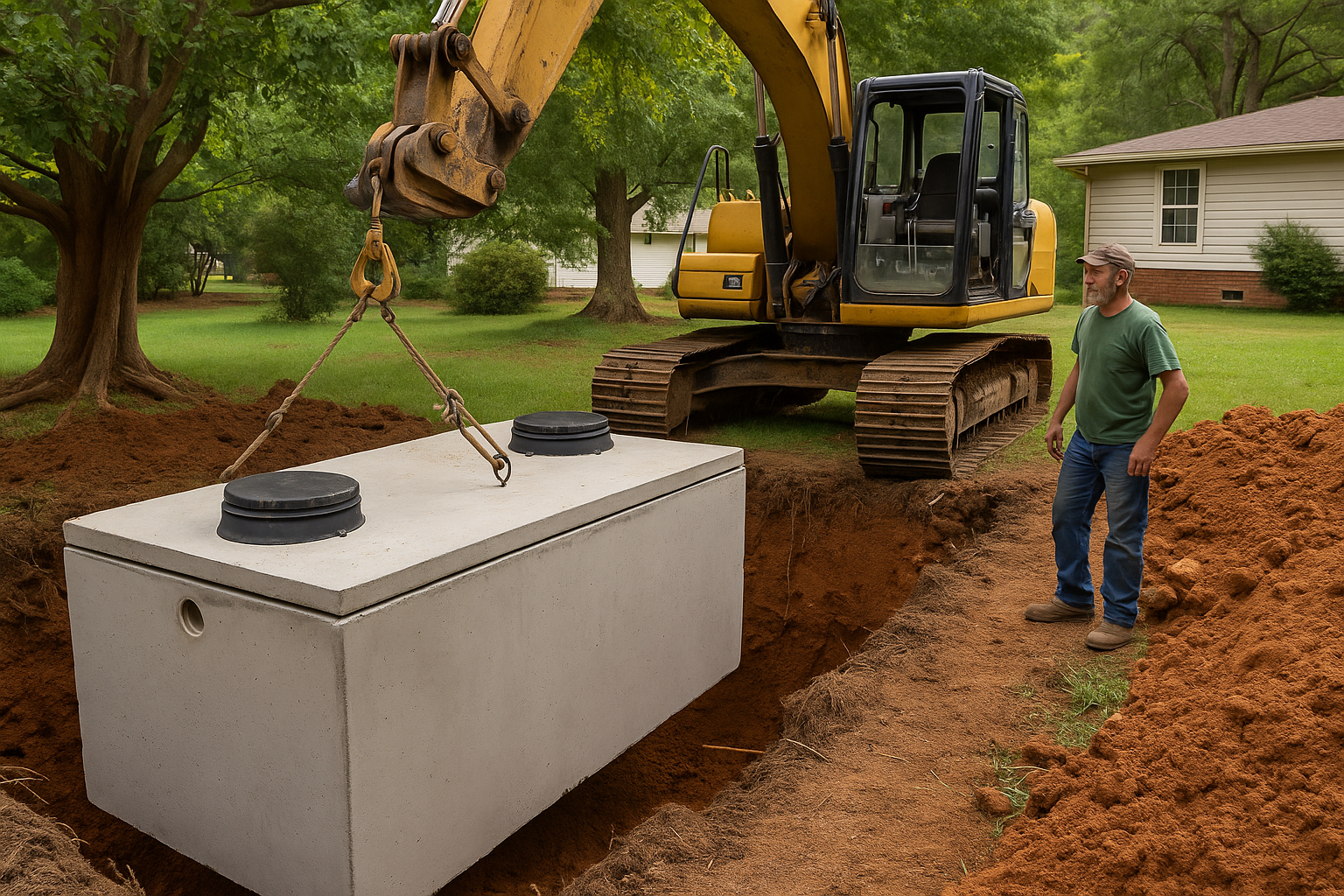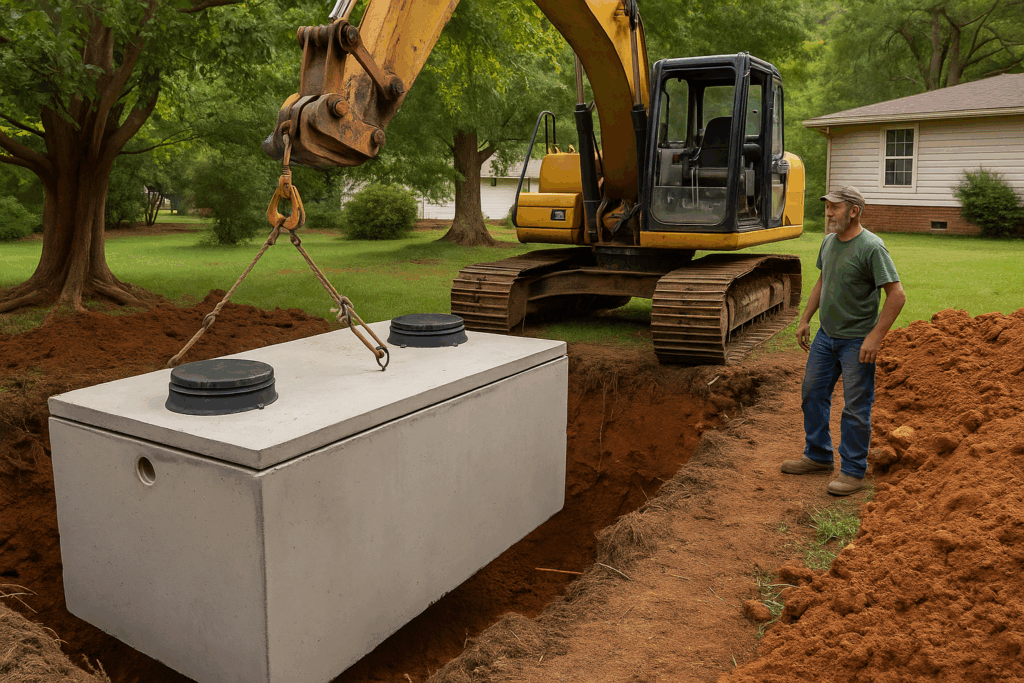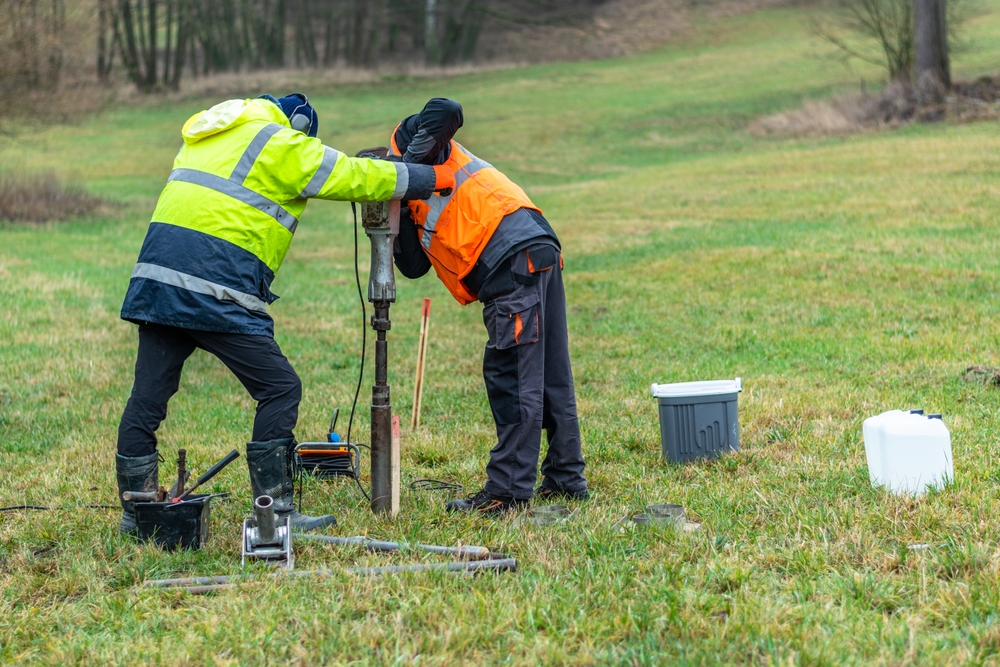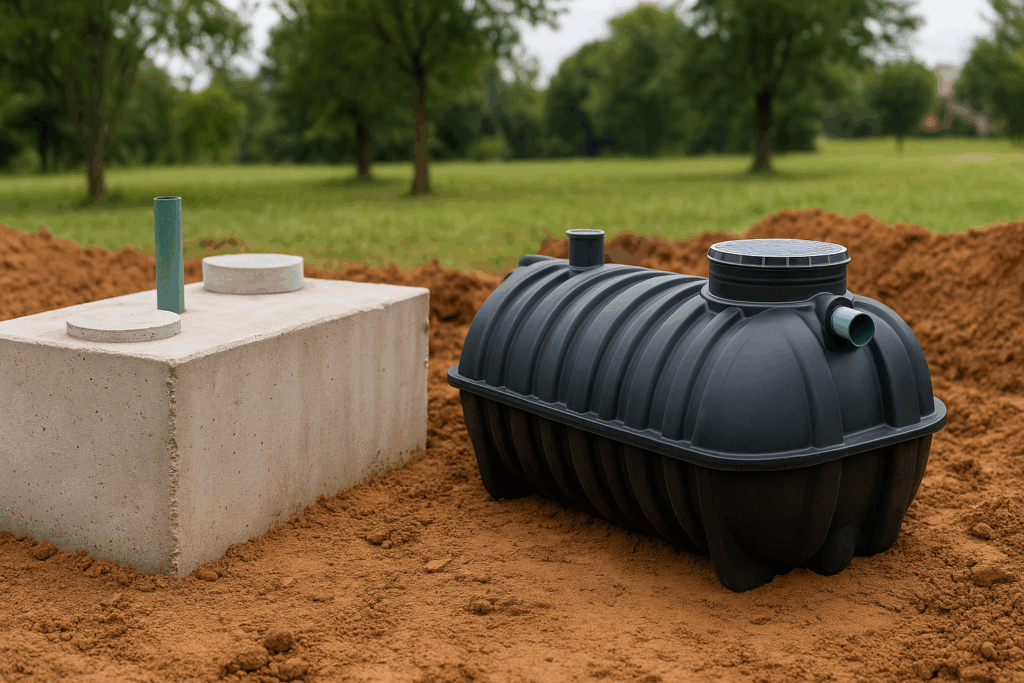For homeowners who rely on septic systems, understanding the installation timeline is key to planning and budgeting effectively. A properly installed septic tank can last decades, but rushing the process or skipping essential steps can lead to costly failures. From the initial excavation to the final inspection, each stage of the septic tank installation process plays a vital role in ensuring compliance, performance, and long-term reliability.
Why the Septic Installation Timeline Matters
The installation of a septic system isn’t just digging a hole and dropping in a tank. The process involves site evaluations, soil testing, permitting, excavation, system placement, and inspection. Each step ensures the system meets South Carolina DHEC regulations and performs correctly in your soil type and property layout. A realistic timeline helps homeowners:
- Understand the duration of each phase.
- Plan for household disruptions.
- Budget for labor, equipment, and inspection costs.
- Avoid delays caused by improper scheduling or skipped permits.
Phase 1: Site Evaluation and Permitting
Soil and Site Testing (1–2 Weeks)
Before any excavation begins, a licensed professional conducts a soil percolation test to determine absorption rates and evaluate the groundwater table. This step identifies the right type of septic system for the property—whether a conventional system, mound system, or drip dispersal unit.
DHEC Permit Approval (1–4 Weeks)
In South Carolina, the Department of Health and Environmental Control (DHEC) requires a permit before installation. The application process includes soil test results, property maps, and proposed system design. Depending on backlog, approval can take several weeks.
Phase 2: Excavation and Tank Placement
Excavation (1–3 Days)
Once permits are secured, excavation begins. Contractors dig trenches for the septic tank, inlet and outlet pipes, and drain field lines. The timeline depends on:
- Soil type (clay takes longer than sandy loam).
- Accessibility of the site for heavy equipment.
- Presence of rocks or tree roots.
Tank Placement (1–2 Days)
The septic tank—concrete or plastic—is delivered and lowered into the excavated hole. Precision is key, as improper leveling can cause premature failure. Contractors connect the inlet pipe from the home and outlet pipe to the drain field.
Phase 3: Drain Field Installation
Trenching and Pipe Laying (2–4 Days)
The drain field is where effluent disperses into the soil. Trenches are dug, perforated pipes are laid, and gravel or sand is added for proper filtration.
Alternative Systems (Additional 2–5 Days)
If soil conditions prevent a conventional drain field, alternative systems such as mound systems or aerobic treatment units require additional time for construction and setup.
Phase 4: System Backfilling and Sealing
After tank and pipe installation, contractors carefully backfill soil around the system. This must be done in layers to prevent settling. Tanks are sealed, risers are installed for easy maintenance access, and drain field lines are secured.
This phase usually takes 1–2 days, but can be extended in wet weather since saturated soil makes compaction difficult.
Phase 5: Inspection and Final Approval
County or DHEC Inspection (1–3 Days)
A final inspection ensures the septic system meets design specifications, setback requirements, and performance standards. Inspectors verify that tank size, pipe slope, and drain field construction match the approved permit.
System Activation
Once approved, the system is activated. Water is run through the home’s plumbing to confirm smooth operation. From this point, the septic system is ready for use.
Typical Septic Tank Installation Timeline
- Soil Testing & Site Evaluation: 1–2 weeks
- Permitting: 1–4 weeks
- Excavation & Tank Placement: 2–5 days
- Drain Field Installation: 2–5 days
- Backfilling & Sealing: 1–2 days
- Inspection & Approval: 1–3 days
Total Estimated Timeline: 3–7 weeks (depending on soil conditions, weather, and permit delays).
Factors That Affect Installation Time
Several variables can extend or shorten the timeline:
- Weather conditions – Heavy rain can delay excavation.
- Soil type – Clay or rocky soil requires more time.
- Permit backlog – DHEC approval may take longer during peak building seasons.
- System type – Advanced or alternative systems add days to the schedule.
- Property accessibility – Remote or sloped lots take more equipment maneuvering.
Tips for Homeowners Planning Installation
- Begin the permitting process months in advance of planned construction.
- Work with local, licensed contractors familiar with DHEC regulations.
- Avoid heavy landscaping until after final inspection.
- Ask contractors for a detailed installation schedule before work begins.
- Keep records of soil test results, permits, and inspection approvals for future reference.
Partner With Trusted Septic Professionals
The septic tank installation timeline requires patience, but each step ensures the system’s success and compliance with South Carolina laws. Homeowners who understand the process are better equipped to plan, budget, and maintain peace of mind.
For expert installation and reliable contractors in Easley, Greenville, and Pickens County, connect with trusted providers through Easley SC Septic. Our directory links homeowners to licensed professionals who know the soil, codes, and installation best practices in Upstate South Carolina.
Hashtags
#septictankinstallation #septicdesign #easleysc #upstatesc #septicservices





